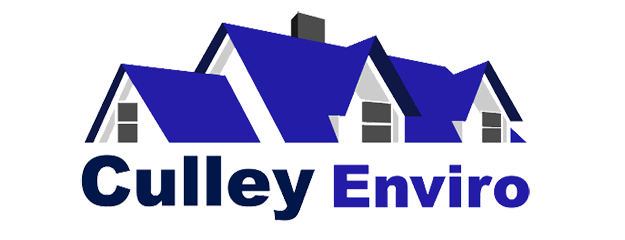As a licensed mold assessment consultant and mold remediation contractor in the state of Texas, I have become aware of “sketchy tactics” that are agreed upon between homeowners and insurance companies that can cause potential health issues for persons buying houses from the sellers somewhere down the road. These actions are just an excuse for looking the other way knowing that what they are doing is very unscrupulous.
Recently I was called out to write a protocol for a mold remediation on a person’s home in a nice neighborhood. When I got there the homeowner was cordial and helpful. I scoped the job, collected my fee and left. I prepared the mold remediation protocol for the project and emailed it to the client. After a few days, the client called me up and asked a few strange questions. One, why I didn’t test the mold up front to see if it was Stachybotrys or not. When I gave the client the answer that it is not recommended to test up front per EPA and TMARR best practices, the client pressed on and said that if it was not Stachybotrys, they did not see the reason why they should have to pay for an expensive remediation job. I responded that we want the mold cleaned up the same way whether it is potentially pathogenic or a common allergen. We don’t know what people’s personal exposure limits are, so we must clean to the highest standard regardless.
Then the client revealed that they didn’t have insurance coverage and the whole enchilada was coming out of their pocket. And that they had just had to pay $60k in additional income taxes and couldn’t afford to pay for it.
In a few days, I got a call from the mold remediator and he said that the insurance company wanted to him to treat the job as if it were a Category 3 loss. A Category 3 loss is one where the water infiltration has been sitting longer than 72 hours without being dried. The process is for everything that the water has touched to be removed since it is potentially contaminated with bacteria et al. But it is not the same as a mold remediation where containment is built and negative air established to not contaminate the remainder of the residence as the moldy material is being removed. The insurance company doesn’t even pay for air scrubbers to sit in the affected area while the material is being removed. This is wrong. It is wrong on the part of the insurance company to comply with what they know is unethical, and it is wrong on the part of the client to try and conceal a mold loss.
The bottom line is that this client does not want to disclose that they had mold in their home when and if they ever sell the home. The mold in the crawl space will go un-remediated and it will remain a threat to anyone living in the home. This is very unethical on the part of the homeowner.
The rest of the story . . . . this client is a licensed realtor. Surprised? I was.
